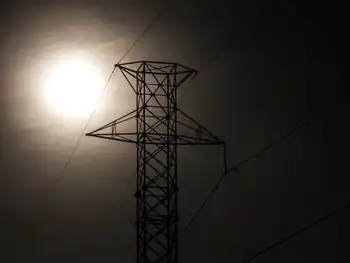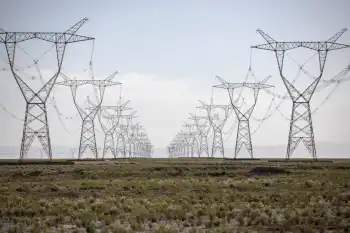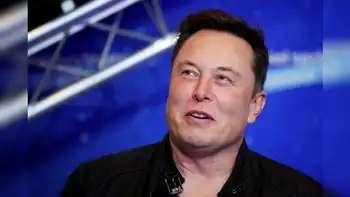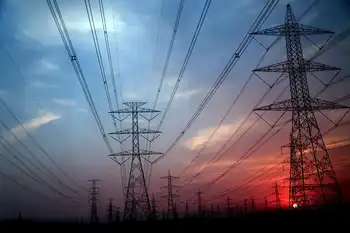North Korea claims to have achieved nuclear fusion
PYONGYANG, KOREA - North Korea claimed that its scientists succeeded in creating a nuclear fusion reaction, but experts doubted the isolated communist country actually had made the breakthrough in the elusive clean-energy technology.
Fusion nuclear reactions produce little radioactive waste — unlike fission, which powers conventional nuclear power reactors — and some hope it could one day provide a virtually limitless supply of clean energy. U.S. and other scientists have been experimenting with fusion for decades, but it has yet to be developed into a viable energy alternative.
North Korea's main newspaper, however, reported that its own scientists achieved the feat on the occasion of the "Day of the Sun" — a North Korean holiday marking the birthday of the country's late dynastic founder, Kim Il Sung, in April.
Often, North Korea's vast propaganda apparatus uses the occasions of holidays honoring Kim or his son, current leader Kim Jong Il, to make claims of great achievements that are rarely substantiated.
North Korean scientists "solved a great many scientific and technological problems entirely by their own efforts... thus succeeding in nuclear fusion reaction at last," the Rodong Sinmun newspaper said in a report carried by the North's official Korean Central News Agency.
Experts, however, doubted the North's claim.
"Nuclear fusion reaction is not something that can be done so simple. It's very difficult," said Hyeon Park, a physics professor at Postech, a top science and technology university in South Korea.
Park, who conducts fusion research in South Korea, said the North may have succeeded in making a plasma device and produced plasma, a hot cloud of supercharged particles — only one preliminary step toward achieving fusion.
He said outside experts need to know the scale of the experiment and method of generating plasma to assess the details of the North's claim.
South Korea is one of a seven-nation nuclear fusion consortium to build the International Thermonuclear Experimental Reactor, or ITER in Cadarache in southern France by 2015. Other members include China, the European Union, Japan, Russia, India and the U.S.
The aim of ITER is to demonstrate by 2030 that atoms can be fused together inside a reactor to efficiently produce electricity. Current forms of nuclear power do the opposite, harnessing the energy released from splitting atoms apart.
A South Korean official handling nuclear fusion at the Ministry of Education, Science and Technology said the North appeared to have conducted only a basic experiment.
The official said the fusion has nothing to do with making nuclear bombs and said he could not make any further comment. He asked not to be identified because he was not authorized to speak to media.
All of North Korea's nuclear projects are of intense concern because of worries the country is building its arsenal of atomic weapons. Pyongyang conducted two nuclear weapons tests in 2006 and 2009, drawing international condemnation and UN sanctions.
Energy-starved North Korea has said it would build a light water nuclear power plant. Ostensibly for civilian electricity, a nuclear power plant gives North Korea a premise to enrich uranium, which at low levels can be used in power reactors but can also be used in nuclear bombs.
Related News
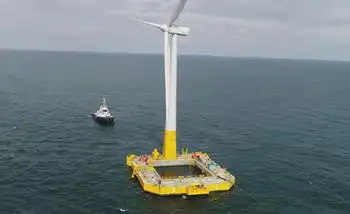
France’s first offshore wind turbine produces electricity
PARIS - Floating offshore wind turbine Floatgen, the first offshore wind turbine installed off the French coast, exported its first KWh to the electricity grid.
The connection of the electricity export cable and a final series of tests carried out in recent days enabled the Floatgen wind turbine, which is installed 22 km off Le Croisic (Loire-Atlantique), to become fully operational on Tuesday 18 September.
This announcement is a highly symbolic step for the partners involved in this project. This wind turbine is the first operational unit of the floating foundation concept patented by Ideol and built in concrete by Bouygues Travaux…

